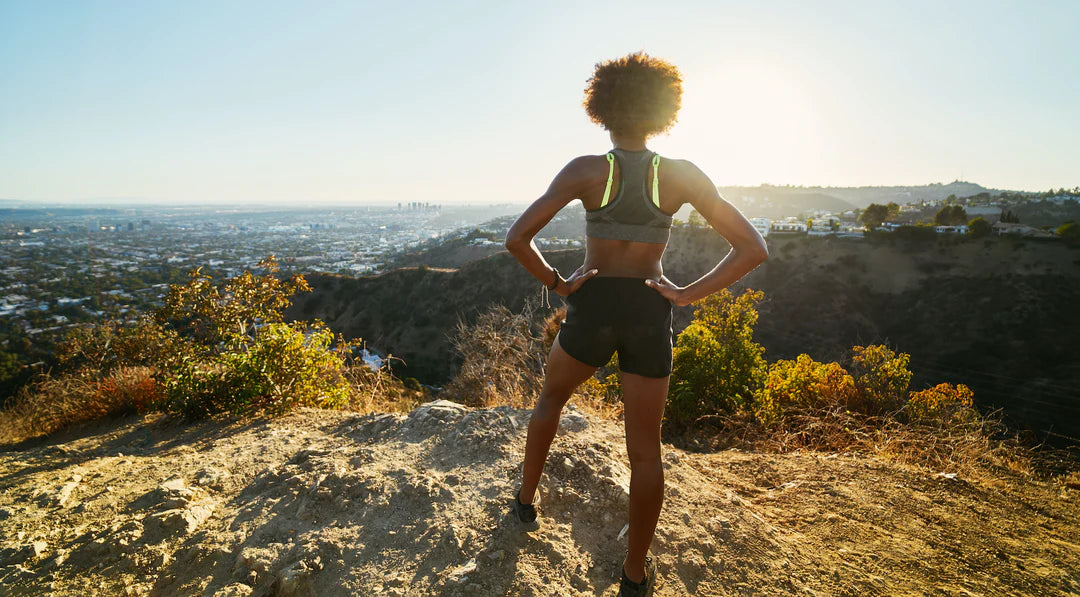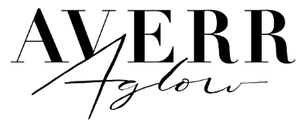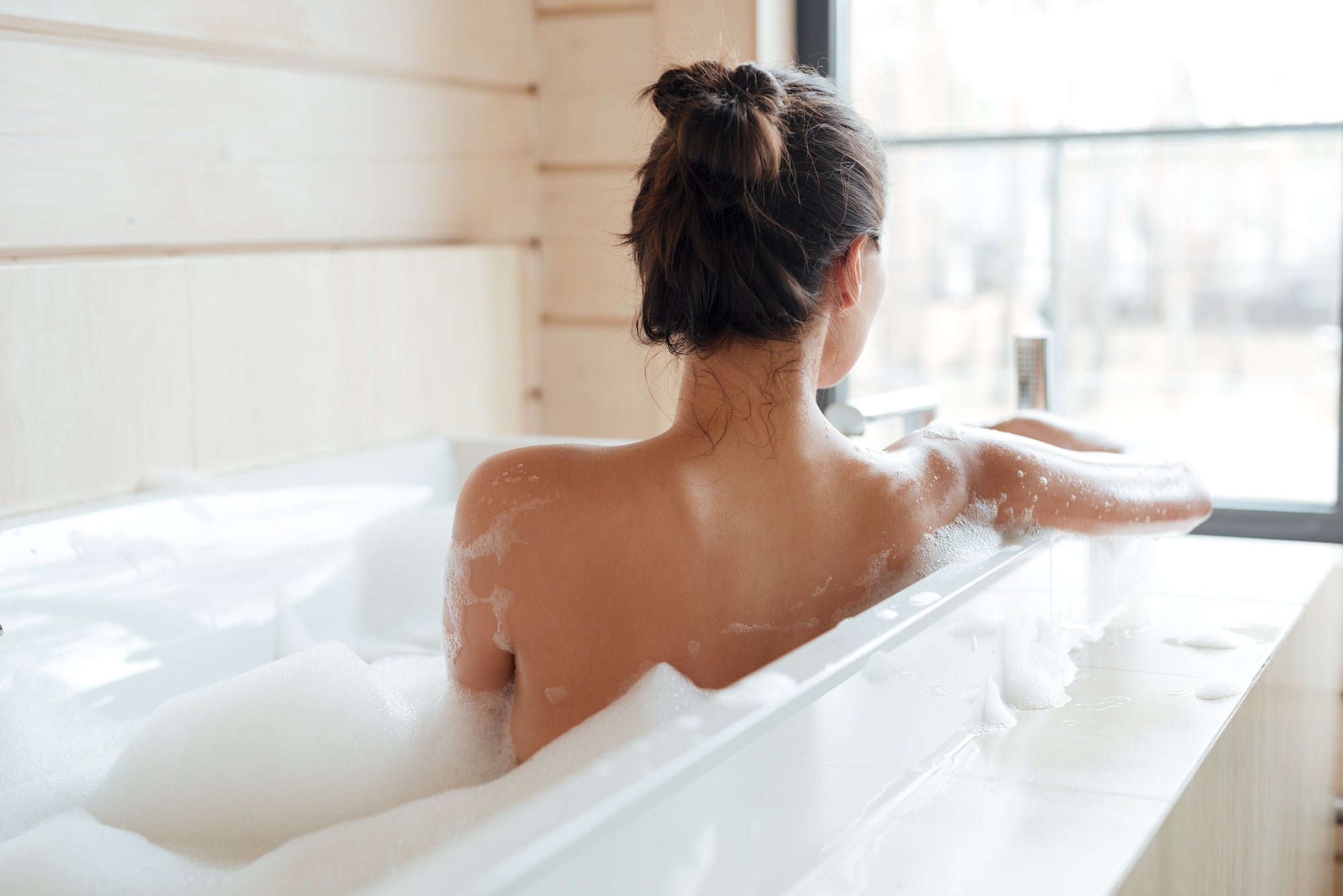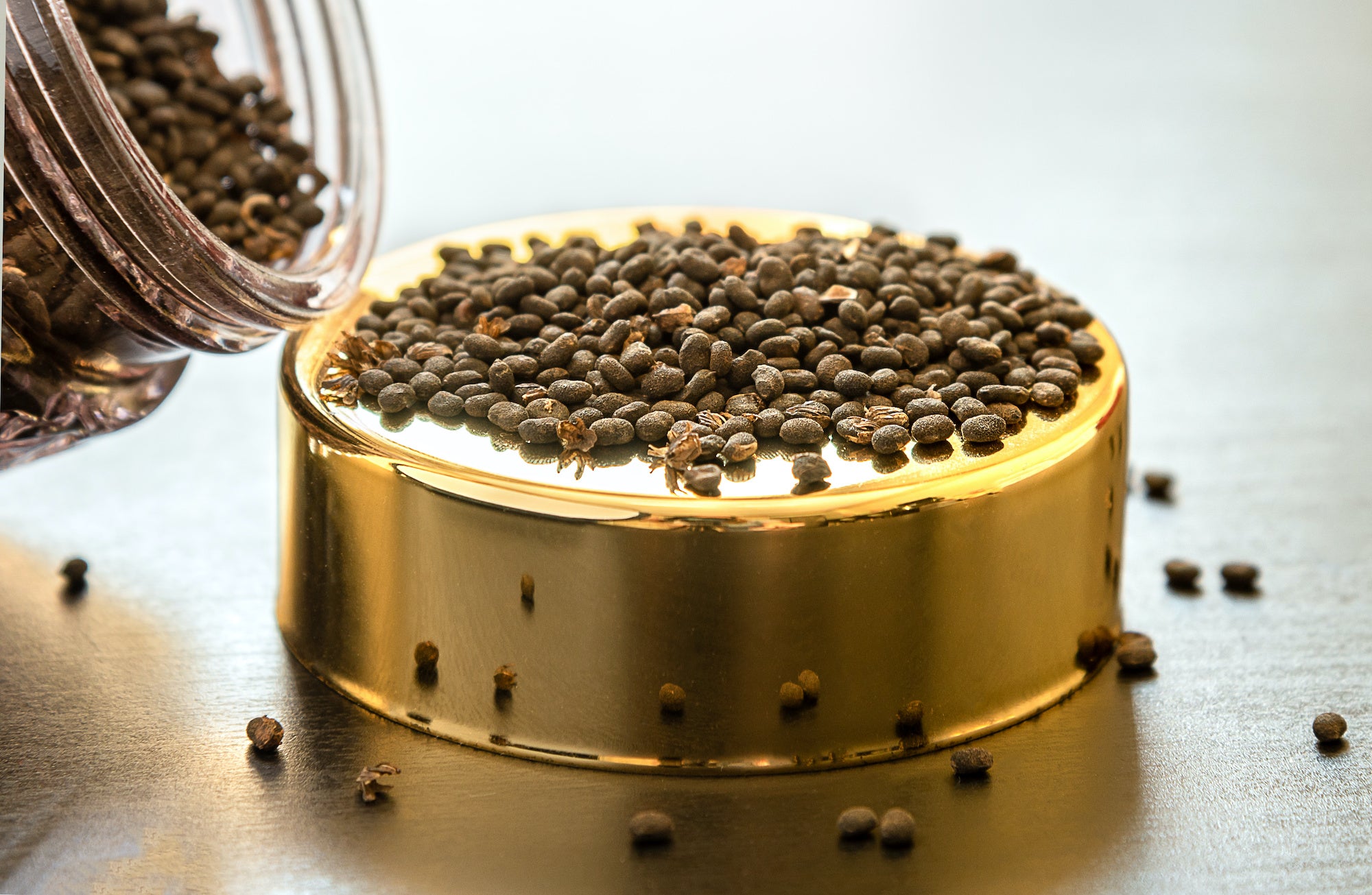
Butt Acne: Get to the Bottom of Your Breakouts
Butt acne, also known as buttne, is a skin condition that can be both uncomfortable and embarrassing. We'll explore what butt acne is, what causes it, how to get rid of it, how to treat it, and how you can prevent it.
What is Butt Acne?
Butt acne is a skin condition characterized by the presence of pimples, blackheads, whiteheads, or other types of acne lesions on the buttocks. It is essentially acne that occurs on the skin of the buttocks and can sometimes extend to the upper thighs or the area where your body comes into contact with a chair or clothing.
Butt acne is similar to facial acne, as it results from the clogging of hair follicles or pores, often due to a combination of factors such as excess oil production, dead skin cells, and the presence of bacteria. These factors can lead to the formation of acne lesions, which can range from small, red bumps to more inflamed and painful pimples. The causes, treatment, prevention, and management of butt acne are similar to those for acne that occurs on other parts of the body.
Types of Butt Acne
Butt acne, like acne on other parts of the body, can manifest in several different types of acne lesions. Here are some of the common types of butt acne:
- Pimples: Pimples are raised, inflamed lesions typically characterized by a red or pink color. They can have a white or yellow pus-filled center.
- Blackheads: Blackheads, also known as open comedones, are small, dark spots that appear on the skin's surface. They occur when hair follicles become clogged with excess oil and dead skin cells, but the pore remains open.
- Whiteheads: Whiteheads, or closed comedones, are similar to blackheads but have a closed surface. They appear as small, flesh-colored bumps with a white or yellowish center.
- Pustules: Pustules are inflamed, pus-filled lesions that can be red and tender to the touch. They have a visible white or yellow head.
- Cysts: Cysts are larger, painful, and deeper-seated acne lesions. They can be filled with pus and may take a longer time to heal. Cystic acne can be particularly severe.
- Nodules: Nodules are hard, painful lumps under the skin's surface. They are similar to cysts but lack a visible head.
- Folliculitis: Folliculitis is an inflammation of hair follicles that can lead to small, red, and sometimes pus-filled bumps. It can be caused by bacterial or fungal infections.
- Keratosis Pilaris: While not exactly acne, keratosis pilaris can resemble it. This condition results in small, red, or flesh-colored bumps on the skin, often on the buttocks and the backs of the arms. It's caused by the buildup of keratin, a protein that forms hair and nails.
It's important to note that the appearance and severity of butt acne can vary from person to person. The choice of treatment and management strategies may depend on the specific type of lesions you have and their severity.
Bacteria and Pimples on Your Buttocks
Bacteria can play a significant role in the formation of pimples on the buttocks. When hair follicles become clogged, bacteria can thrive in this environment, leading to inflammation and acne.
What Causes Butt Acne?
Butt acne, like acne on other parts of the body, is caused by a combination of factors, including:
- Excess Sebum: Overproduction of sebum, the body's natural oil, can clog hair follicles and lead to acne.
- Friction: Tight clothing, especially synthetic fabrics, and excessive friction can irritate the skin and lead to acne breakouts.
- Sweating: Sweat can mix with dead skin cells and clog pores, especially if you don't cleanse the area properly.
- Bacterial Infection: Bacteria, such as Propionibacterium acnes, can infect clogged hair follicles and cause inflammation.
How to Get Rid of Butt Acne
If you're dealing with butt acne, here are some steps you can take to treat it:
- Keep the Area Clean: Proper hygiene is crucial. Gently cleanse your buttocks with a mild, fragrance-free soap and warm water. Avoid scrubbing vigorously, as this can irritate the skin.
- Exfoliate: Use a gentle exfoliating scrub specifically designed for the body. Exfoliation helps remove dead skin cells, which can contribute to clogged pores. However, don't overdo it; 2-3 times a week is typically sufficient.
- Wear Breathable Fabrics: Opt for loose-fitting, breathable underwear and clothing made of natural, breathable materials like cotton. This can reduce friction and irritation on the skin.
- Hygiene Practices: Maintain good personal hygiene, especially after sweating or physical activities. Showering promptly after workouts can help prevent sweat and bacteria from contributing to acne.
- Avoid Tight Clothing: Choose clothing that is not too tight or made of synthetic materials. Avoid fabrics that can trap heat and moisture against the skin, as this can exacerbate acne.
- Diet and Lifestyle: A healthy diet and lifestyle can contribute to overall skin health. Staying hydrated, eating a balanced diet, and managing stress can help improve skin condition, including butt acne.
- Hands Off: Avoid touching or picking at the acne lesions, as this can worsen inflammation and lead to scarring.
- Sun Protection: Protect your skin from excessive sun exposure, as some acne treatments may make your skin more sensitive to the sun. Use sunscreen on exposed areas.
It's essential to be patient and consistent with your treatment. Butt acne may take some time to clear up.
How You Can Prevent Butt Acne
Preventing butt acne involves adopting good hygiene practices, making lifestyle adjustments, and taking steps to minimize factors that contribute to acne development. Here are some tips to help prevent butt acne:
- Proper Hygiene: Regularly clean your buttocks with mild, fragrance-free soap and warm water. Ensure that you cleanse the area gently, avoiding harsh scrubbing, which can irritate the skin.
- Exfoliate: Use a gentle exfoliating scrub designed for the body a few times a week. This helps remove dead skin cells that can clog pores, but be cautious not to over-exfoliate, as it can lead to irritation.
- Clothing Choices: Opt for loose-fitting, breathable underwear and clothing, ideally made from natural, moisture-wicking materials like cotton. This reduces friction and minimizes the risk of irritation.
- Change Out of Sweaty Clothes: After physical activities or sweating, change out of damp or sweaty clothing promptly. Lingering sweat and moisture can contribute to clogged pores and acne.
- Shower After Workouts: If you engage in physical activity, take a shower immediately afterward to remove sweat, bacteria, and other potential acne triggers.
- Avoid Excessive Moisture: Keep the buttocks area dry and well-ventilated. Consider using talcum powder to help absorb moisture if you're prone to sweating.
- Diet and Lifestyle: Maintain a healthy lifestyle, which includes a balanced diet, regular exercise, and stress management. A healthy lifestyle can contribute to overall skin health.
- Hydrate: Staying hydrated is crucial for maintaining skin health. Drinking enough water can help keep your skin properly hydrated.
- Sun Protection: Protect your skin from excessive sun exposure and apply sunscreen to exposed areas. Some acne treatments may increase your skin's sensitivity to the sun.
- Don't Pick or Squeeze: Avoid picking at or squeezing acne lesions, as this can worsen inflammation and lead to scarring.
Remember that individual responses to prevention methods may vary, so it may take some time to find the right combination of practices that work for you.







